Here's a silly little piece that originally ran on
Dark Roasted Blend - and is not part of my fun book,
Welcome to Weirdsville:
The jokes pretty much write themselves: ‘organ,’ ‘blowing pipes,’ ‘wind,’ etc., etc., so on, so forth …. But the giggling stops when you start to investigate the history, science, and simple magnificence that has gone into the creation of some of the world’s most incredible pipe organs.
As with a lot of important technological – as well as artistic – achievements, trying to determine who made the first one of these things is a bit fuzzy. Some experts give the ancient Greeks most of the credit – specifically the genius Ctesibius of Alexandria. Those early Greek organs were simplistic compared to the height of organ science … stop giggling … but the basic principle is still the same: force air through a pipe and you get sound. Make the pipe smaller, tighter, and the note that comes out is higher. Make the pipe larger, wider, and the note that comes out is lower.
What’s interesting is that portable organs were not just created but common in certain parts of Europe during the Middle Ages. They were probably about as mechanically simple as Ctesibius’s early invention, but it’s still remarkable that the technology was there and transportable by horse and wagon.
But when you want to talk about big organs … I asked you to stop giggling … you have to talk about the permanently installed ones.
As with astronomical clocks, large organs quickly became the blockbusters of their time. If yours was a town of any notoriety then you pretty much had to have one – the bigger the better. The fact that they were used by churches, like the aforementioned fancy clocks, couldn’t hurt either, as they had the deep pockets to afford them.
Here’s another bunch of interesting organ facts … what are you? 12? … the organ created for Halberstadt, Germany was a monster for its time. Its bellows had to be worked ceaselessly by ten men – who were, no doubt, music fans. The technology is impressive today, and was simply astounding when it was created in (ready for this?) 1361.

Because the technology of a pipe organ is relatively simple, making them bigger was pretty much a matter of just scaling them up: bigger pipes, bigger air supplies, etc. While there were a lot of monster organs … now you’re just embarrassing yourselves … there are some that took the musical instrument from noteworthy to astounding.
One of the largest is still played today: created in 1911, the Kotzschmar Memorial Organ in Portland, Maine, is a beautiful piece of engineering as well as musical artistry. Although much of its technology is hidden – which is often the case with organs – what is visible is simultaneously elegant and powerful, which also perfectly defines the music of its haunting notes.
Another great organ … are you finished? … can also still be heard. Created in 1904 for the St Louis World’s Fair, the Wanamaker Grand Court Organ in Philadelphia is a monster among monsters. Everything about the instrument looks like it was designed not just to make sound but a LOT of VERY BIG sounds: it has not one, not two … but, to get to the point, 28,482 pipes set in 461 rows. Its keyboard looks more like something used to launch a space shuttle rather than create music. But the organ definitely creates music – on a scale commensurate with its standing as the second largest pipe organ in the world.
Okay, get your giggles, guffaws and chortles out of the way. You ready to hear about the world’s largest organ? Unfortunately – as with a lot of big organ claims -- you’re likely to be disappointed.
Next time you’re in Atlantic City, swing on by and check it out in the Boardwalk Hall. Built in 1932, the organ makes that beast in Philadelphia look like a sickly kitten. While the Wannamaker Organ boasts those 28,482 pipes, the Boardwalk Hall organ has – ready for this? – about 33,000 pipes. I say ‘about’ because even the owner/operators of the machine aren’t sure. Even the engineering for the organ looks like something that might have been built to power the Muzak in the Tower of Babylon elevators.
The Boardwalk organ holds a total of three Guinness World Records: largest pipe organ in the world, largest musical instrument, and – it must have been a literal blast to have been there when this was set – the loudest musical instrument ever constructed. When asked how he felt about winning this last award, the keyboardist was heard, barely, to answer “what?”

Alas, the organ remains … you were waiting for me to make another joke, weren’t you? Well, I would if we weren’t talking about such a legendary musical instrument. The Boardwalk organ, alas, is largely silent: having been damaged by weather, water, budget cuts, and poor attempts at repair, it can still be heard but at only a fraction of its true potential and power.
And there’s nothing funny about an organ that isn't operating at full capacity.
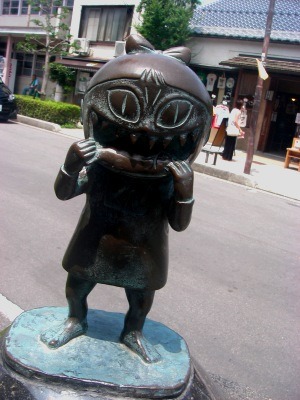
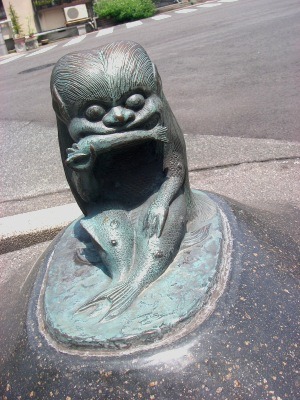
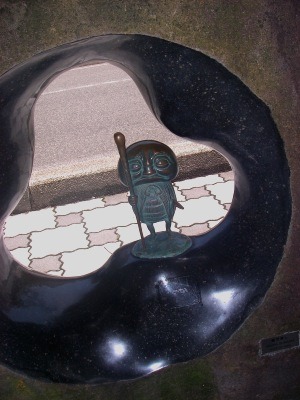
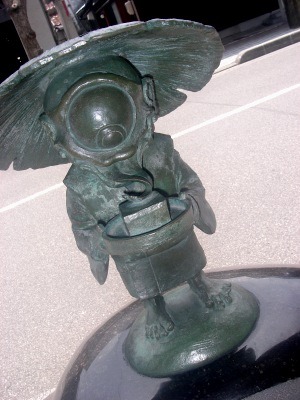
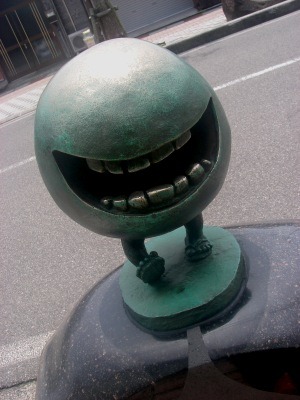

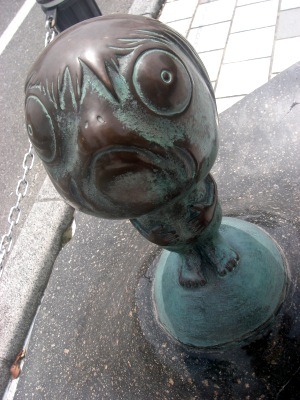




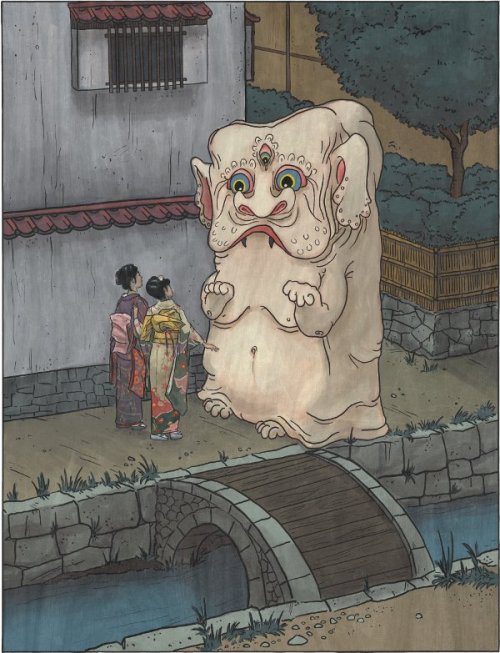






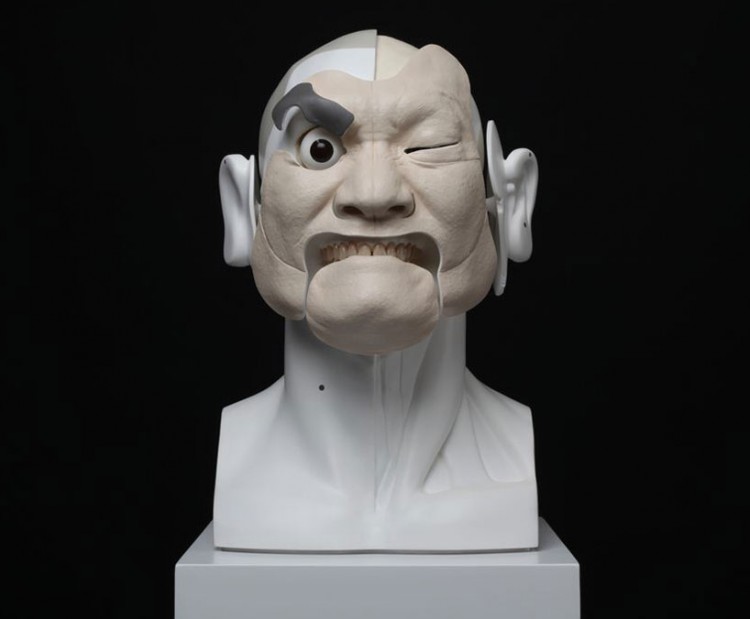


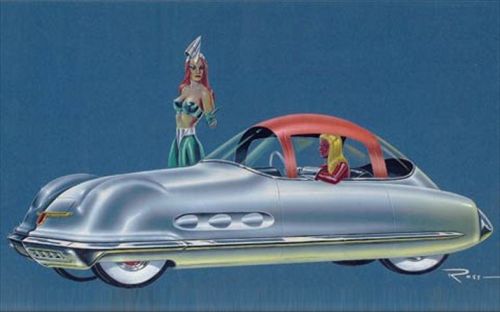


 Charon
Charon Dis, Styx, and Dame Fortune
Dis, Styx, and Dame Fortune Paolo and Francesca
Paolo and Francesca Furies and Tombs of the Heretics
Furies and Tombs of the Heretics Nessus on the Shore of Phlegethon
Nessus on the Shore of Phlegethon Geryon
Geryon Roosting Demons
Roosting Demons